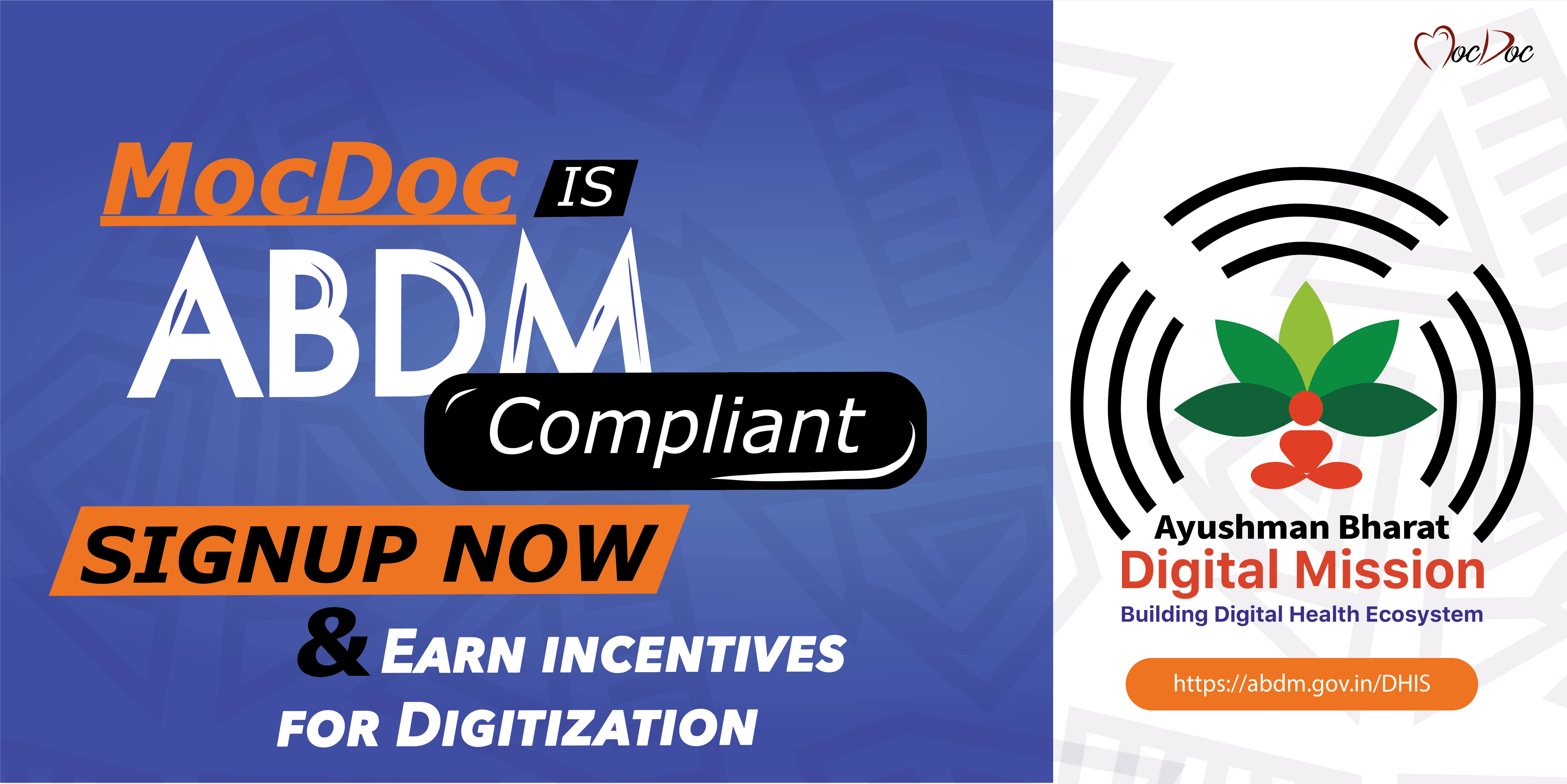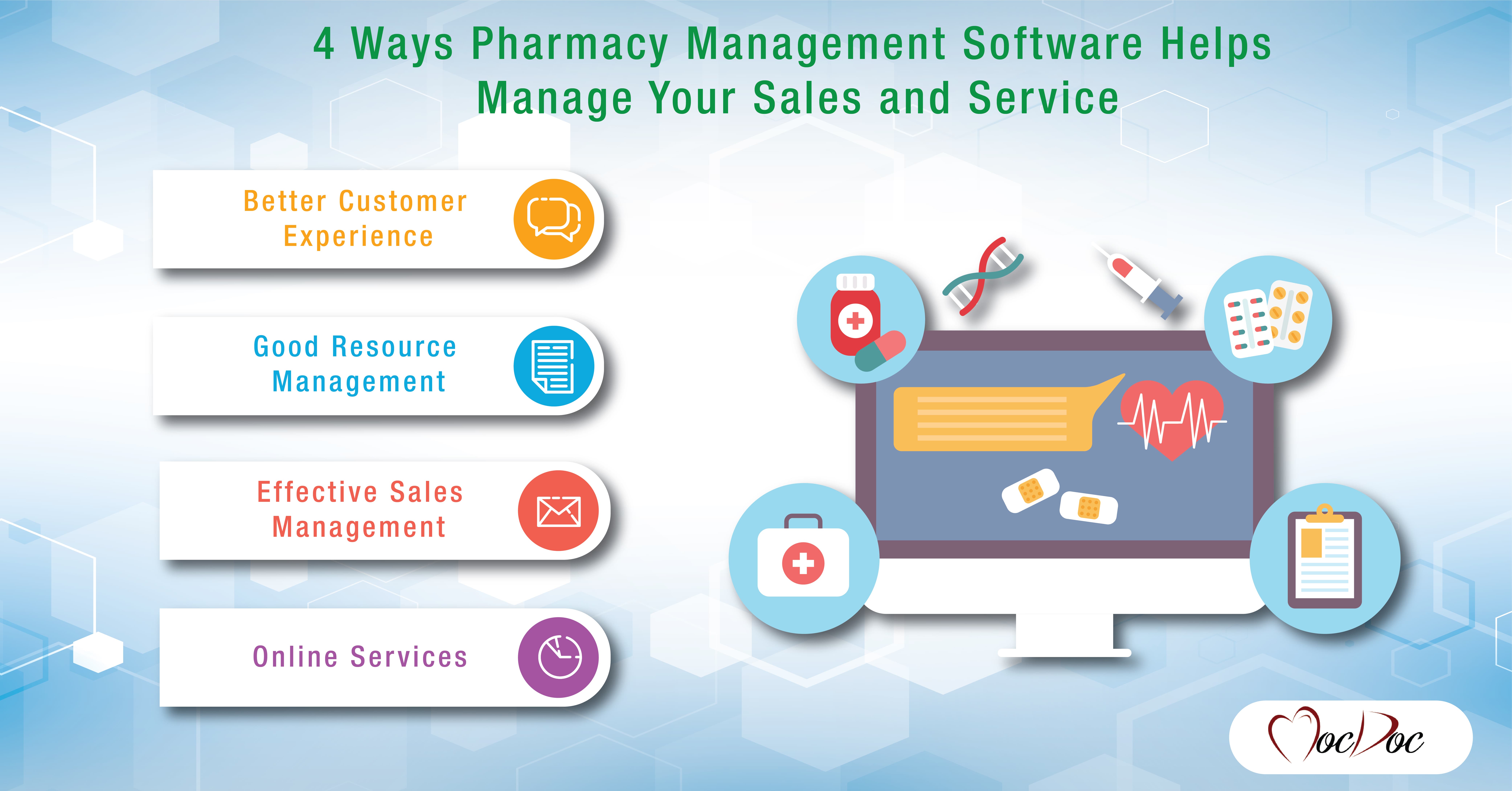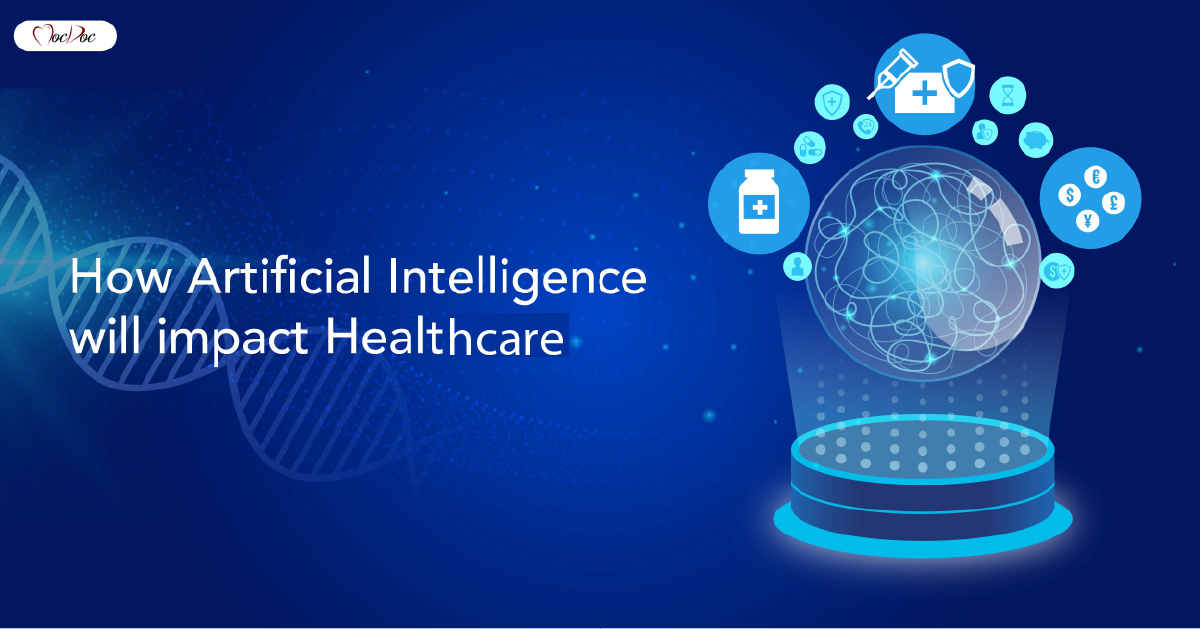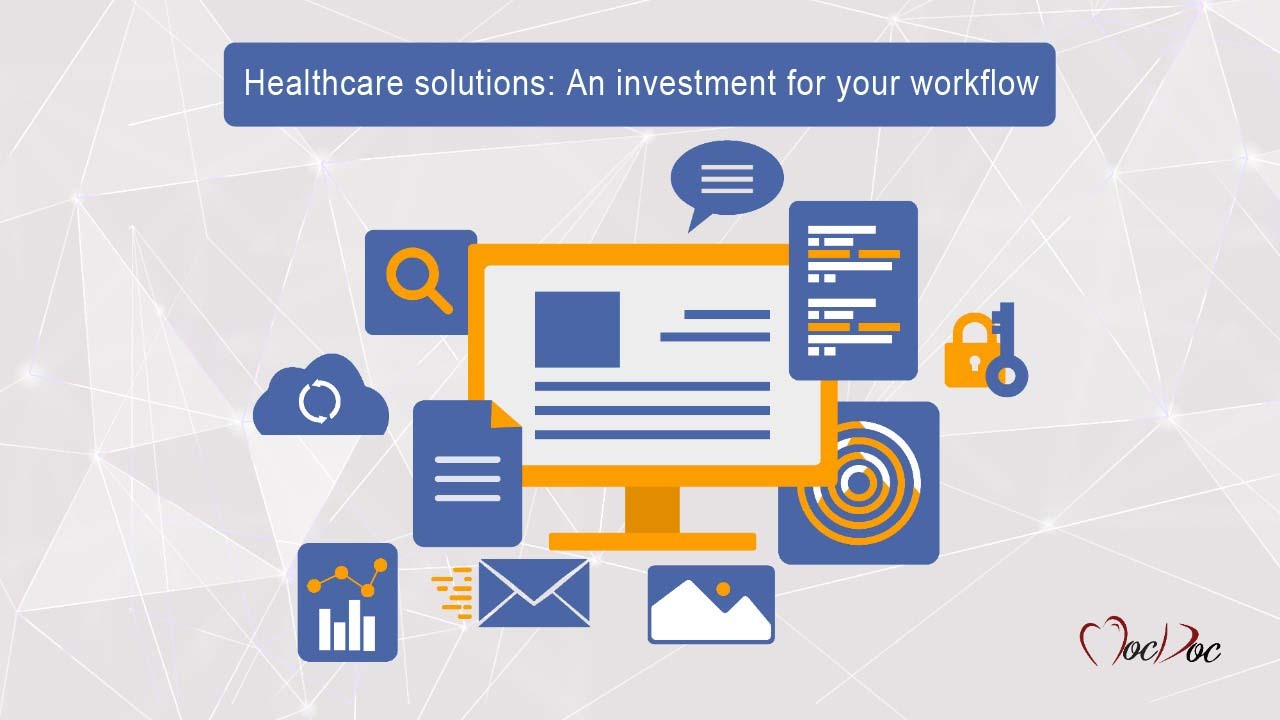MocDoc's Offerings
Universal healthcare - let’s talk about healthcare for all
Published By
Steve
2019051113:04:48
Category Healthcare

Universal health care is a hot topic for discussion these days, with people arguing for and against it. While proponents of the system argue that it is the right of every human being, opponents argue that it may not be economically feasible, and may harm a lot more people than it will help. The issue is much more complicated by the fact that there is no one system in the world that is adopted by all the countries that currently has universal healthcare, and therefore it becomes difficult to gauge its success across the world. Let us try to break this complex issue to gain a better understanding of the system, and form informed opinions.
Universal health care is a system that ensures all the people in a region or a country gets healthcare without affecting their financial status. According to WHO Universal health coverage (UHC) means that all people and communities can use the promotive, preventive, curative, rehabilitative and palliative health services they need, of sufficient quality to be effective, while also ensuring that the use of these services does not expose the user to financial hardship. In practice, this does not mean that everyone has insurance coverage or that all medical issues are covered by the insurance, it just means that everyone has access to healthcare.
Universal healthcare first started in Germany in 1883 with the sickness insurance law, which mandated industrial employers to provide insurance for their workers using funds made from deductions in employee wages and from employer contributions. By 1930s, almost all of western and central Europe had similar systems in place. Currently, of the 33 developed countries, all of them except the USA has universal healthcare.
Implementation strategies
Even though the definition of universal healthcare is uniform throughout the world, the implementation strategies used in different countries are very diverse and difficult to classify. Each of these systems are linked with the governing systems and the laws and regulations of that country, and therefore may even differ in different parts of a single country, as in the different provinces of Canada, where each province has reasons to determine what is considered essential, and where, how and who should provide the services.
In some cases, the government pays for healthcare from a single fund. In some countries like Canada, this would mean that the government pays private organizations which in turn provide healthcare to its public, while in countries like the United Kingdom, the government maintains a healthcare system, owning healthcare resources and employing healthcare professionals. Such systems are referred to as single-payer systems, which means that the fund for the system is managed directly by the government or a government regulated agency. In such a system, the entire population is brought together under a single health risk pool, and one set of standards for services offered, and the cost for these services. Generally, the idea is that the high healthcare costs that arise from the sicker section of the population are balanced by the low healthcare costs for the healthy section of the population.
In a multi-payer system, the medical costs are paid for by multiple entities, which may include the person or their family, their employer, and the government. Countries like Germany follow a multi-payer system, with a statutory health insurance, and private health insurance. Compared to single-payer systems, multi-payer systems provide more options to the patients, and are generally difficult for the governments to exploit, but falls below in terms of healthcare equity, risk pooling, and negotiations. Multi-payer systems are also associated with higher administrative costs.
In some countries like Switzerland and Germany, universal healthcare is enforced by legislation. In Switzerland, there are no free state-provided health services, but private health insurance is compulsory for all persons residing in Switzerland (within three months of taking up residence or being born in the country). Swiss are required to purchase basic health insurance, which covers a range of treatments detailed in the Swiss Federal Law on Health Insurance. It is therefore the same throughout the country and avoids double standards in healthcare. Insurers are required to offer this basic insurance to everyone, regardless of age or medical condition.
The advantage of universal healthcare is that everyone gets medical coverage, no matter how poor they are, and everyone gets the same standard of care. Various studies have shown that universal healthcare has lead to healthier populations, with lower infant mortality rates and improved life expectancy. Universal healthcare is also associated with improved economic well being of the population. In Thailand within ten years of the implementation of Universal Health Scheme, the catastrophic healthcare expenditure in the poorest households fell from 6.8% to 2.8%. In Mexico, impoverishment from health expenditure fell from 3.3% in 2001 to 0.8% in 2010, with the implementation of a national protection programme called Seguro Popular, funded by general taxation and modest contributions from richer households.
Implementation of universal healthcare is complicated with a lot of difficult choices. The healthy section of the population ends up paying for the sicker section of the society, the money which may well be spent on economically better ventures, which will improve the quality of life for everyone. Universal healthcare may end up crippling the economy and may even lead to poor quality of healthcare, as doctors have more incentive for treating more patients, but less for treating fewer patients with more care. People may also be less careful of their health and can lead to less healthy choices if they don’t have the incentive to stay healthy.
So the debate on whether universal healthcare is good or bad, essentially is a debate on how to achieve universal healthcare - should it be done by implementing laws and regulations specifically for universal healthcare, or should we do it improve the overall standard of living that access to healthcare is not a problem for anyone.
The success of a universal healthcare system will depend on how it is implemented, and choices have to be made based on the size of the population, the economic well-being of the population, the available funding and the fine balance between the choice similar to as mentioned above.
Related Articles
Introducing Ayushman Bharat Di...
Ayushman Bharat Digital Mission (ABDM) Th..... Read more
4 ways Pharmacy Management Sof...
In recent years, medical stores have transformed f..... Read more
How Artificial intelligence wi...
The healthcare industry has started to see conside..... Read more
Healthcare solutions: An inves...
How could healthcare solutions be i..... Read more



